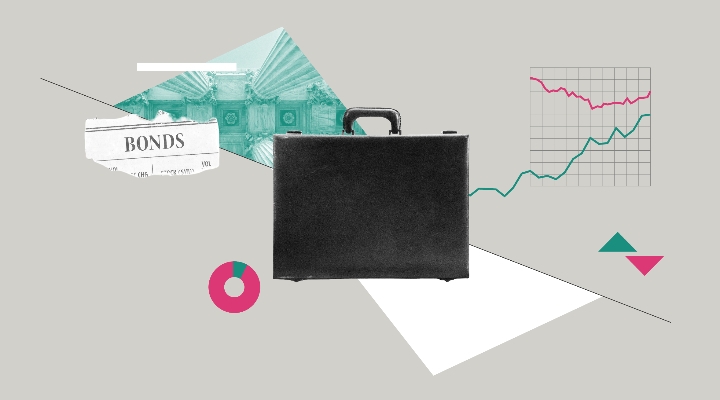This article is part of Morningstar's "Perspectives" series, written by third-party contributors. Here, Ian Spreadbury Portfolio Manager of Fidelity Strategic Bond Fund says search for income has hastened dramatic growth in the high yield market.
A backdrop of ultra-low interest rates and subdued economic growth continues to suppress yields across the fixed income universe. This is causing some investors to shift further along the risk spectrum into higher yielding non-investment grade debt.
Signs of Excess are Starting to Emerge in Credit Markets
The search for income has undeniably hastened dramatic growth in the high yield market across the globe. This is particularly the case in Europe, which saw record new high yield issuance last year as more and more companies took advantage of cheap funding to issue bonds.
This environment has driven strong performance from the high yield asset class, although I am relatively cautious on the potential for future gains here given that spreads are trading below historical means and are not too far away from their pre-crisis lows.
Another sign of the maturity of the credit cycle has been the marked increase in the issuance of risky securities, with the market for hybrid and contingent convertible ‘coco’ bonds in particular booming. Corporate hybrids – excluding those issued from financials – are securities with both debt and equity-like features.
They typically rank subordinate to other types of debt, but ahead of equity in the capital structure.
On the other hand, cocos are typically issued by financials and are bonds that convert to shares, or can even be wiped out if a certain measure of strength (such as minimum capital requirements) are breached.
Despite the attractive income generating attributes of these areas, it is important to recognise that these securities also pose a greater level of risk in terms of volatility, potential downside and a higher probability of default than higher quality bonds.
QE Exit Could Lead to a Bumpy Ride for Riskier Assets
While quantitative easing has helped propel strong performance from risk assets in recent times, the gradual removal of this powerful market backstop is likely to hasten greater levels of volatility going forward.
As central bank support is withdrawn and financial markets become more vulnerable to macroeconomic and political shocks, investors will expect support and diversification from their bond holdings. Fixed income funds which carry greater credit risk due to strong exposure to higher yielding areas will not offer this given that they will typically be highly correlated to riskier assets such as equities.
Exposure to High Quality Bonds is Essential
This supports my view that high quality bonds should form a core part of a well-balanced portfolio in today’s environment. But what is the rationale for investing in high quality bonds at current market levels?
Firstly, they provide a steady and predictable income stream, typically with lower risk to capital than other assets such as equities or real estate. Secondly, and more importantly, they are an excellent diversifier away from equities; investment grade bonds tend to rise when equity markets fall on economic growth concerns.
Blue chip issuers offer stability of income I have a clear preference for investment grade issuers that I believe can survive in a tough economic environment. This leads me to favour areas such as telecoms and utilities, particularly blue chip companies with strong balance sheets such as British Telecom and National Grid. In contrast, I am avoiding sectors susceptible to a downturn, such as banks.
Despite the premium that investors attach to defensive sectors of the market, there is still value to be found and I still see potential for further spread tightening in certain areas. I believe the best balance of risk and reward for investors is achieved by investing primarily in high quality investment grade bonds and over time this strategy should deliver a consistent level of income, low volatility of returns and some diversification to equities.
Morningstar Disclaimer
The views contained herein are those of the author(s) and not necessarily those of Morningstar. If you are interested in Morningstar featuring your content on our website, please email submissions to UKEditorial@morningstar.com.





























